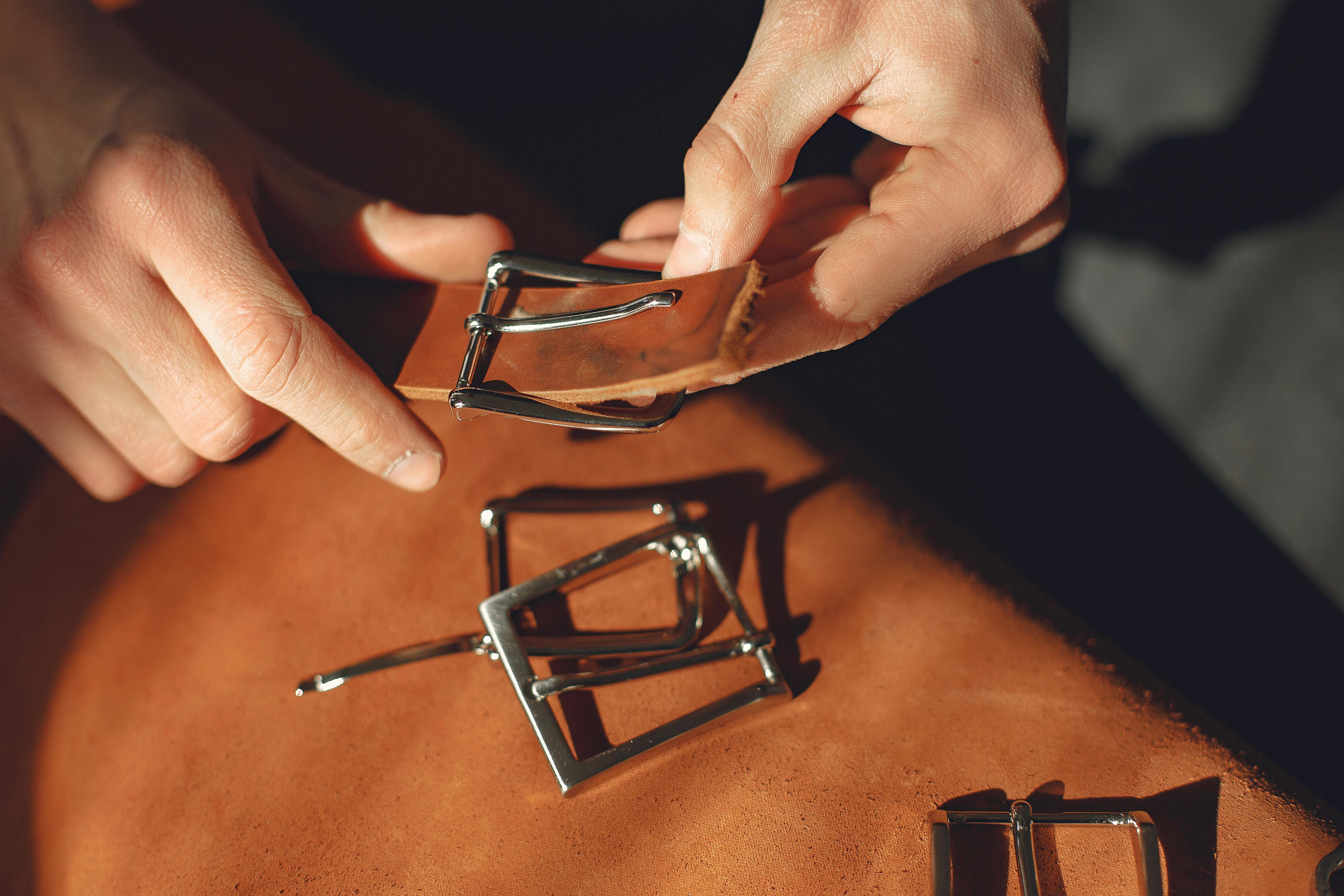Parents, take a moment to feel a peaceful love for your children. Then check out these crucial tips to make your child safer and protect your precious offspring from the danger that lies ahead.
1. NOW I KNOW MY ABC’s If your child is old enough to learn ABC’s, then teach your child your phone number including 1, area code, and number. Starting at age two, children need to know their first and last name, their first and last name, and full address, including their city and state.
2. ROLE PLAY What if no one picks you up at school? What if someone knocks on the door with a package for you? What if mom falls and she can’t get up? What if someone told you that we are dead or sick and wanted you to go with them to the hospital? Do you tell someone on the phone that you are home alone? Teach your child to make an emergency call by dialing “911” or “0” in an emergency. Law enforcement officials would rather send an officer in with a false alarm than have a child hurt or kidnapped.
3. SECRET WORD AND PLACE Always decide on a designated meeting place at theme parks or malls like the easily recognizable McDonalds restaurants. Many children, separated from their parents, do not consider themselves “lost” if they still have fun. Be sure to clearly define “lost” as not with mom or dad. Make up a secret family passphrase that no adult can guess, and make it a fun visual that your child will remember, like “The blue hippo is hungry.” Teach your child to ask permission from their parents, teachers, or babysitters before going anywhere.
4. TIMBLING BELLY Children have no experience with wrongdoers, but they do have survival instincts. They may not recognize a kidnapper or predator other than a funny feeling in their stomach warning them of scary danger. Encourage this awareness by asking them in different situations: “Do you feel safe, do you feel good, can you feel the danger?” when they are considering jumping from a high place, reaching out to pet a strange dog, or when they are around an overly friendly stranger or loud bully.
5. BEHAVE APPROPRIATELY We teach our children to quietly consent to adults, but if a stranger takes them away, teach your child to throw a full-blown tantrum, yelling, “Kidnapper, help” while kicking and trying to get free. Once they are safe, they can turn to a store clerk, police officer, or family for help if they get lost, scared by an attempted kidnapping, or a predator. Tell your child not to walk away from you in a public place because someone might try to steal it.
6. SMILE The police need a full-face photo taken within the last six months or, if your child is under two, four times a year. Prepare a kit for each child that is an emergency box. Place a current photo, a detailed description of your child, including height, weight, age, eye and hair color, birthmarks, broken bones, scars, moles, physical characteristics, or medical needs inside the box. Include the names, addresses, and parents’ names of your child’s favorite friends, parks, and activities. Ask your dentist to prepare a complete dental chart for your child that is updated with each new tooth change. Ask your doctor for a copy of your child’s medical records, and remind him or her to make a note in your file that the information should never be released without your written approval. Consider keeping an old toothbrush, baby teeth, bloody Band-Aid, or lock of hair in a sealed envelope as a DNA sample for the highest level of identification. Arrange with your local police department to have your child fingerprinted (officers make it fun and easy) and they will give you the fingerprint card. Imagine if someone said that your child belongs to him, not to you. The contents of the box will help prove that you are the father and will help the police find the child if it is missing.
7. JUST FOR A SECOND A tired and burnt out parent only needs to let their guard down for a second to allow a predator to take over. He always goes with his child to the bathroom, even if other adults are uncomfortable. To protect your child, never hesitate to take a child with you to the men’s or women’s restroom regardless of the child’s gender rather than sending the child alone. A child is not safe playing unsupervised in your yard, walking alone, home alone, or left in a vehicle, ever. Parents with a toddler tied to them may seem harsh, but imagine how you would feel if your sweet attention-deficit child or rebellious toddler wandered off in the opposite direction. When you have two or more children, the difficulty of maintaining security and order can grow exponentially.
8. YOU ARE SUPPOSED TO BE WATCHING Is someone drinking while looking at the kids and protesting that it’s just a few beers? Someone must be the designated caretaker and be sober, vigilant, capable and kind. Be aware if your spouse or babysitter seems oblivious or less sensitive to their duties. Depression, illness, alcohol and drug use in a caregiver can leave a child virtually uncared for. Don’t let it continue. If a spouse wants to drink while on duty, he sells the car and hires a daycare to keep her children safe. Visit babysitters and daycare centers unexpectedly. Sit and watch for a while. Listen to what your child says that happens there after you’ve left.
9. SEE YOURSELF Are you attracted to younger and younger people? Do your friends hiss like wolves at teenage girls? Are you looking at porn that uses young girls or teenage boys made to look older? Troubled fugitives often succumb to posing for these pictures because they are homeless or high. When you buy this type of porn you are helping to exploit these children. “Developing and upholding ‘model legislation’ regarding child pornography is crucial to a successful outcome in the fight against child pornography. Currently, only 5 of Interpol’s 186 member countries have robust child pornography legislation.” (http://www.icmec.org/missingkids). Were you sexually abused as a child? Sometimes if you were the victim you become extremely tuned in and over protective. Yet all too often, the old fear kicks in, leaving him powerless to protect a child, even when the truth is right before his eyes. Talk to a therapist confidentially and regain your ability to protect your children and others from knowing firsthand what you experienced.
10. THEY CAN TELL DAD Usually, a child will try to tell an adult about sexual abuse or incest once. If she doesn’t believe them or tells them they’re lying, they often won’t tell anyone else. Let a child know that you will listen, believe, and stop anyone who tries to hurt him, even if the perpetrator is her best friend, grandparent, relative, or neighbor. Unfortunately, the child often knows the person who hurt him and this causes him great confusion and guilt. If a child is afraid or trying to avoid someone, you must pay attention, he is asking you for help. Some people use teasing and teasing to grab and touch a child and then tease him if he complains. Those adults are using your child and hiding behind humor. Stop them. When your child puts personal information on her clothes or on the Internet, it’s an open door for all the jerks in the world. Just say no to your child and explain why.
11. NEWBORNS In the last twenty years, the largest number of child abductions have occurred in California, Texas and Florida. The profile of a typical kidnapper is that of an overweight woman who often plans the kidnapping in advance and seizes the opportune moment to seize a baby. The woman often poses as a nurse or healthcare worker and goes into a hospital room and takes the baby for tests etc. But a hijacker could be anyone. “While it’s normal for new parents to be anxious, it’s extremely important to deliberately monitor your newborn baby. Never leave your baby out of your direct line of sight, even when going to the bathroom or taking a nap. If you leave the room or plan to go to sleep, tell the nurses to take the baby back to the nursery or have a family member care for the baby… If you feel uncomfortable with someone asking to bring your baby or you cannot clarify what is being tested or why your baby is being taken from your room, it is appropriate to go with your baby to observe the procedure… take at least one color photograph of your baby (full front view ) along with footprints and compile a complete written description of your baby, including hair and eye color, length, weight, date of birth, and specific physical characteristics.” (www.missingkids.com)
12. CALL US
The professionals are ready to help you. “Since 1982, the National Center for Missing & Exploited Children has spearheaded the national effort to prevent child abduction and return missing and exploited children to their families. In partnership with the Office of Juvenile Justice and Delinquency Prevention (OJJDP ), NCMEC continues to enhance and expand its ability to deliver critical intervention and prevention services to families and support federal, state, and local law enforcement agencies.” (http://www.ncjrs.gov/pdffiles1/ojjdp/fs200128.pdf). The Kentucky Missing and Exploited Children Unit was organized in 1984 to create a centralized information center to help law enforcement agencies locate and return missing children to their homes. Many stores, such as Walmart, have a Code Adam action plan: if a child is missing from the store, employees are immediately mobilized to search for the missing child.
See http://www.missingkids.com, http://criminaljustice.state.ny.us/missing/i_safety/icac.htm, and http://www.take25.org for more information. The reality of today’s world requires parents to be extra vigilant and take precautions and preventative measures to avoid kidnapping, exploitation, internet crime, pornography and violence. Parents, take the initiative to protect your children by being there, being vigilant, and being trustworthy guardians.



